7 signs you need to replace your wooden deck – the red flags to look out for in your garden
Rotten, rusted, and bouncy in a bad way? Here's how to spot when your deck’s days are numbered
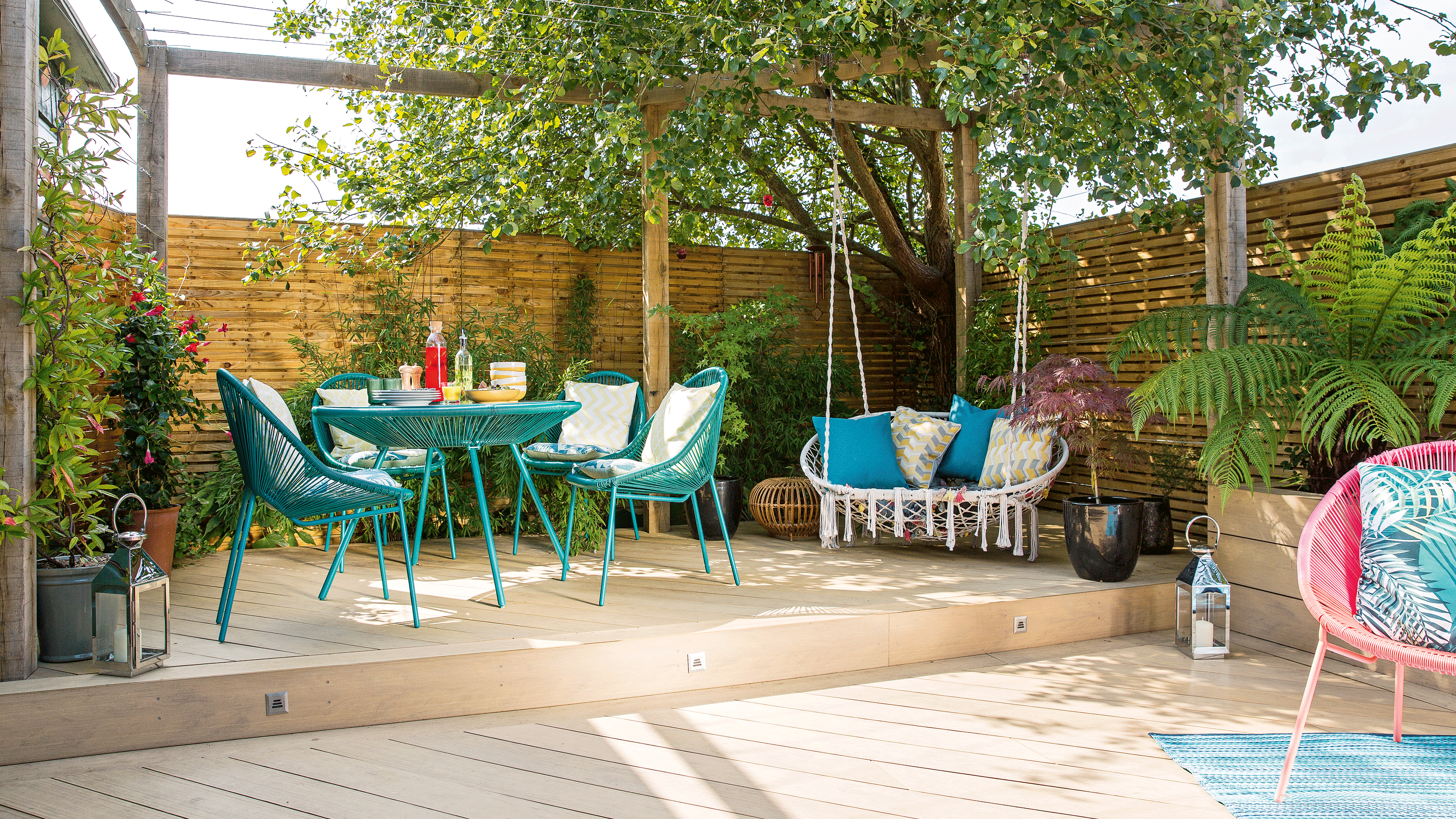

If your garden decking is starting to feel more wobbly than wow, it might be time to take a closer look and see if it's showing the signs you need to replace it.
Wooden decks have a lot going for them. As garden decking ideas, they’re warm underfoot, easy on the eye, and create the perfect stage for hosting summer BBQs, lounging on loungers and sundowners.
‘Wooden decks bring a natural, rustic charm to your garden while creating a versatile space for relaxing, dining, or entertaining,’ says Glen Peskett, DIY expert at Saxton Blades. ‘It’s cost-effective, easy to repair, and, when well-maintained, can be incredibly durable and even boost your home’s value by extending your living space outdoors.’
However, even the sturdiest, most carefully nurtured timber deck reaches a point where fresh screws, patch-up and a fresh coat of wood stain will no longer cut it. From squishy spots you can push your thumb through, to sinister squeaks and overall sagginess, some red flags really shouldn’t be ignored.
If your deck is looking rather worse for wear and you’re now repairing the repairs, it might be time to consider replacing your wooden deck, and possibly a new material altogether. The composite vs wood decking debate has come a long way, with low-maintenance options now offering impressive durability and sleek good looks.
But before you start ripping up your wooden deck, look for these 7 tell-tale signs your wooden deck is only fit for the bonfire.
1. Riddled with wood rot
Wood rot is one of the most serious and irrefutable signs that your deck is stuffed. ‘During the life of a timber deck, you will likely see elements of decay, such as surface mould like algae growing on the top of the deck – which can be removed by cleaning and prevented by maintenance,’ says Darren Gooch, owner of Beams & Braces.
Sign up to our newsletter for style inspiration, real homes, project and garden advice and shopping know-how
‘But when it comes to serious structural problems like wood rot, the deck will start to show signs like movement and a feeling of ‘sponginess’ and sometimes even cracked boards. Once rot sets in – especially within a subframe or the structure of a deck – it is often irreparable.’
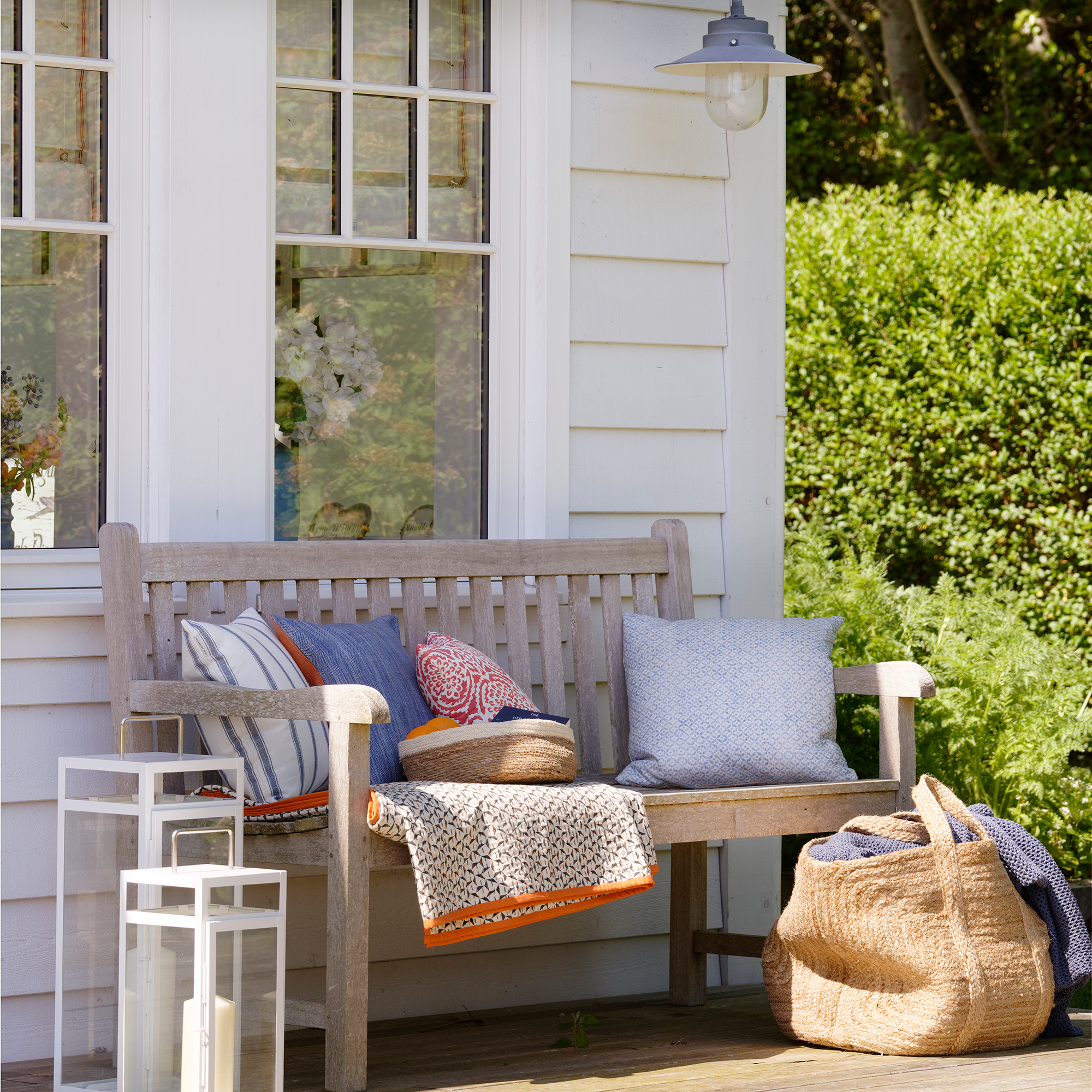
Caused by fungi that thrive in wet conditions, rot undermines the timber’s grain, leaving it squidgy and soft. To work out whether rot is your problem, just push your thumb or a stick into the wood in any areas that are causing concern. If it slides in like a knife into butter, that’s rot.
If the damage is contained, you may be able to replace a couple of planks, but if it’s in the framework or structural supports, it’s safer to opt for a full replacement. Left to its own devices, wood rot can seriously impact your deck’s structural safety and will inevitably spread until the whole thing becomes a major hazard.

Darren is a TrexPro-certified composite decking installer. Since founding his bespoke timberworks business in 2016, he has brought years of industry experience and a passion for transforming clients’ visions into beautiful, lasting outdoor spaces.
2. Loose or Wobbly Railings
If your deck has railings, stability is everything, especially if the deck railings are there for safety rather than just looks (or to keep the dog in).
‘Over time, weather and use, railings can become loose, most usually at the upright posts,’ says Darren. ‘Determining the cause of the problem depends on what type of posting you have, whether it’s bolted through the side or through the deck. Ultimately, posts need to be bolted onto something structural. If non-structural fittings and blocking haven’t been used, railings will tend to get loose and move.’
It doesn’t take a genius to work out if the railings are wobbly, but even a little looseness or visible separation from the deck is a serious red flag. Sometimes it’s possible to shore up or brace loose railings, or reinstall them with new, stronger fixings. If the issue is down to serious rot, an issue with the substructure or just old age, it could pose a real risk of injury – never ignore wobbliness.
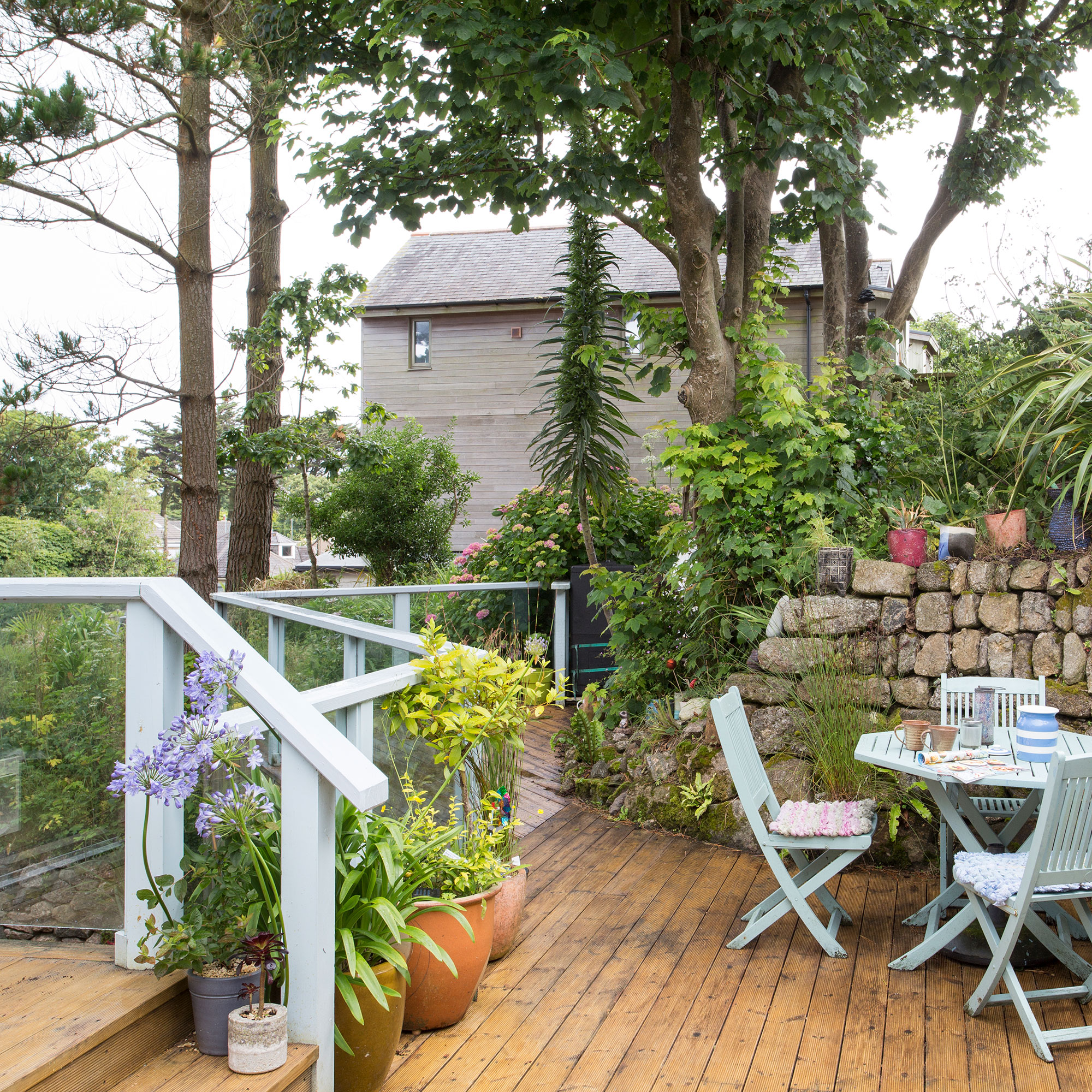
3. Cracked, splintered, or warped boards
While it’s normal for timber to move a little – especially during sudden temperature fluctuations in the weather – any major cracking, splintering and warping is a concern. It is also a sign you, or the previous owners, have been lax on the care and maintenance front (regular cleaning and sealing will help protect your deck from weathering).
Depending on the extent of the damage, these issues aren’t always terminal, but they can lead to splinters and become a potential trip hazard. Plus, your deck will not look pretty – even if you patch up or repair! ‘If your deck looks and feels uneven underfoot, and there are multiple sections you avoid altogether, it’s best to opt for a full replacement,’ advises Darren.
4. Rusted or weak fixings
Nails, screws, and other metal fixings might not be exciting, but they’re the busy little bees holding your deck together. In time and use, they can rust, loosen, or go AWOL entirely, leaving your deck bouncier than a trampoline with wobbly railings, or worse. Keep your eyes peeled for rust spots around screw holes, protruding nails, or gaps where boards are on the wonk.
‘If your deck screws or fasteners are rusting it may suggest that they are not suitable for outdoor use. They will therefore need replacing with screws or fasteners made from stainless steel or another corrosion-resistant material to prevent rust,’ says DIY expert Mark Irving, from Build & Plumb.
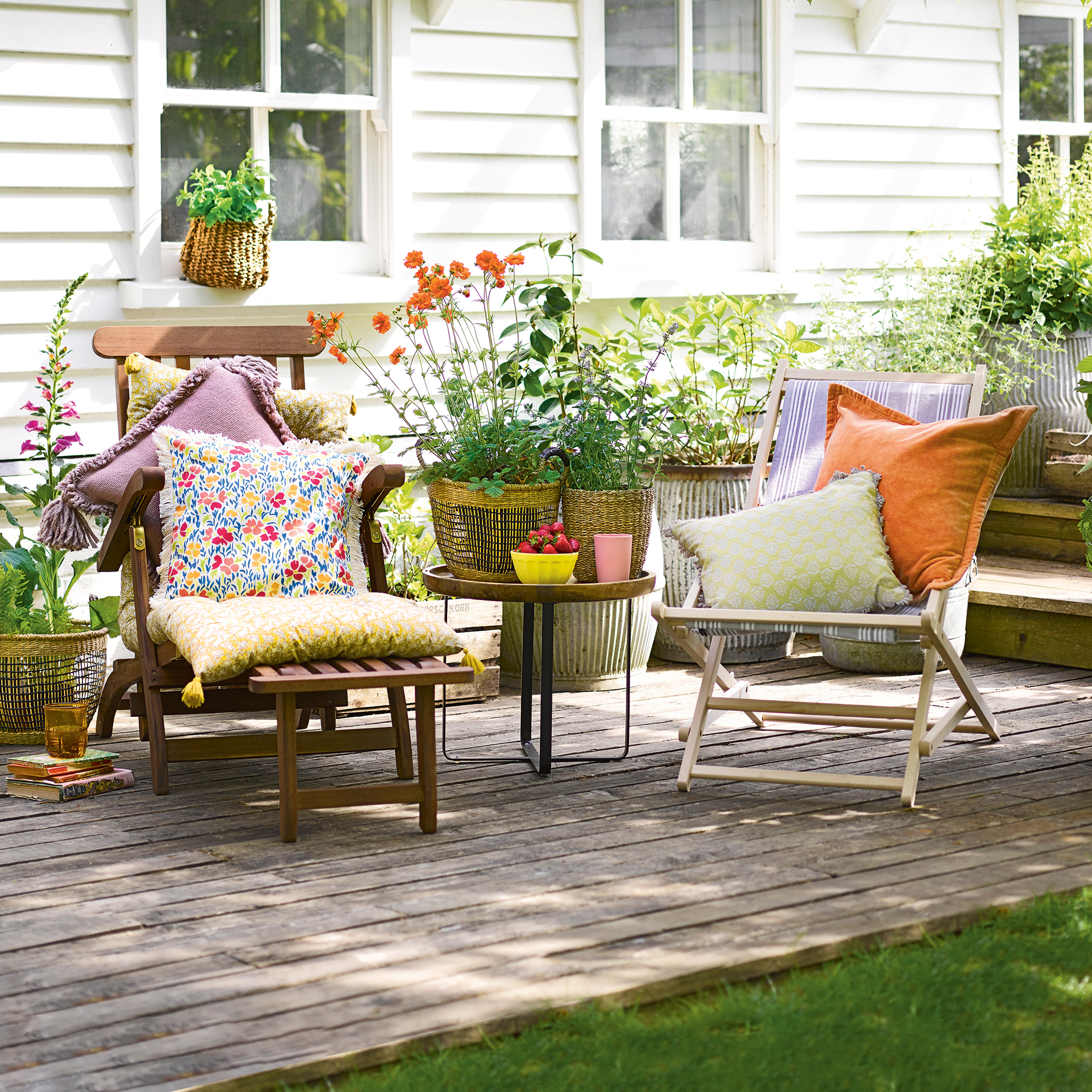
‘If rusted deck screws or fasteners are not replaced they may become loose or fall out, this can lead to instability of the decking’s framework and compromise its ability to bear weight, which is a serious safety hazard.’
If your deck's hardware is older than God (or not stainless/galvanised), it might be past its prime. A few knackered fixings can be swapped out, but if they’re seriously failing, or the wood underneath isn’t playing nice, it could be time to consider a full refresh.

With over 20 years of experience in the building sector, Mark has been instrumental in driving Build & Plumb’s growth into a thriving multi-million-pound operation. A trusted expert in both building and landscaping, Mark has developed an extensive knowledge base and is known for generously sharing his insight with professionals and customers alike.
5. Visible sagging
A deck should feel solid, not like a trampoline. If yours is sagging something serious is likely to be going on underneath. A bouncy surface isn’t just annoying, it could be a red flag for more sinister issues underfoot.
There are several reasons decking might sag. ‘Insufficient support is a common cause of a sagging or uneven deck. It often stems from support posts being spaced too far apart or using the wrong type, or poor quality, lumber that can’t properly bear the load,’ explains Mark.
‘Wood rot is another common cause of sagging decks, softening boards and weakening the structure. It’s usually triggered by excess moisture and can be spotted by dark patches, a spongy feel, or a musty smell.’
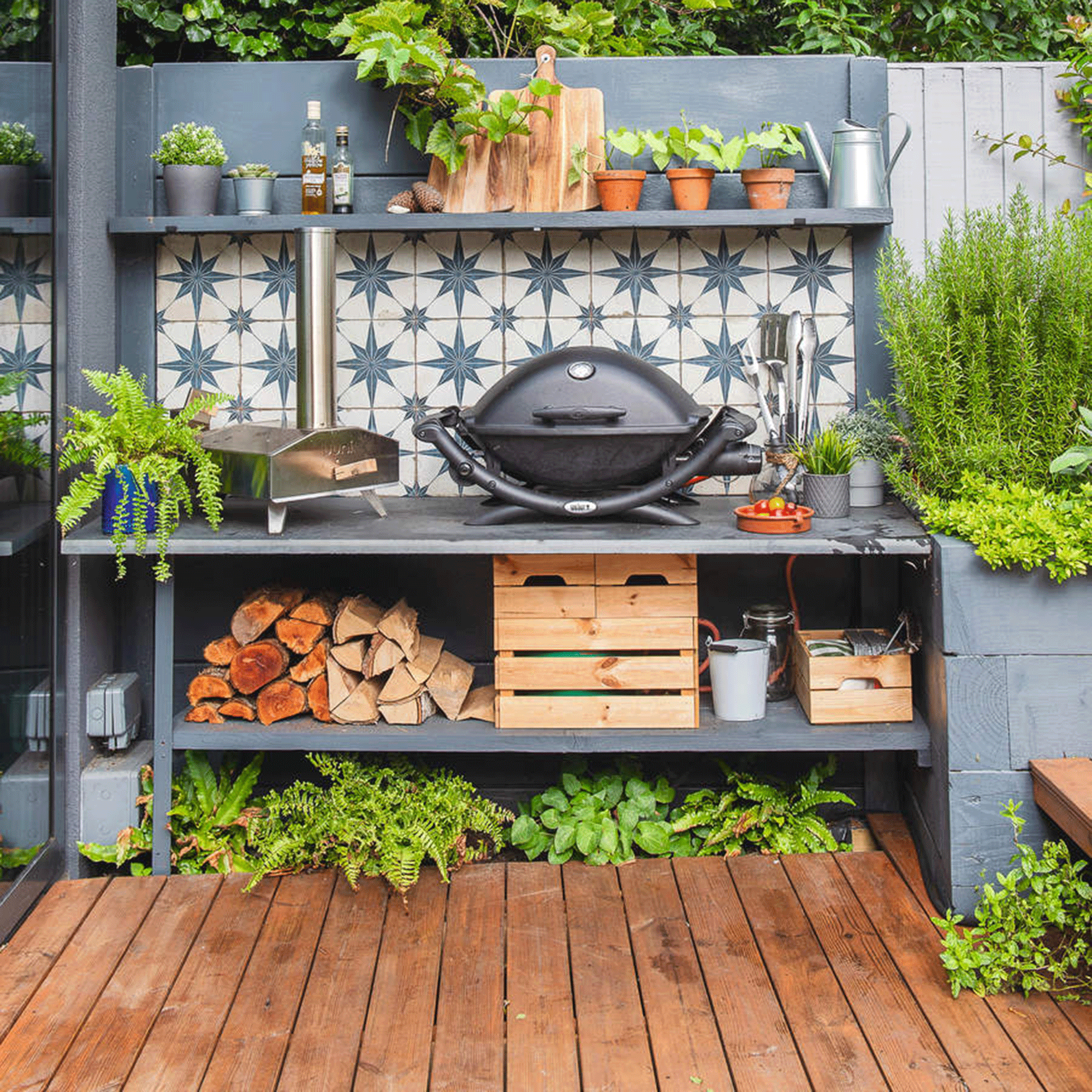
Shifting ground is another culprit, especially if the deck wasn’t built on level, compacted soil or lacks proper drainage.’ If the surface slopes or support posts have moved or cracked, soil movement may be to blame,’ adds Mark.
If your deck starts to make you feel seasick as you walk the plank, don’t ignore it, especially with raised decks as you might end up falling right through. Replacement is the safest solution.
6. It no longer works for you
Sometimes the problem isn’t just what’s wrong with your deck, it’s that it’s no longer right for you. Maybe your family has grown, the garden’s had a glow-up, or perhaps it was never built to your design in the first place and you would have gone for an entirely different shape, scale or style.
If you’re already staring at a massive repair bill, now might be the perfect excuse to start fresh. A new deck could give you more space to hang out, or get creative with built-in garden seating ideas, fancy deck lighting ideas or funky planters.
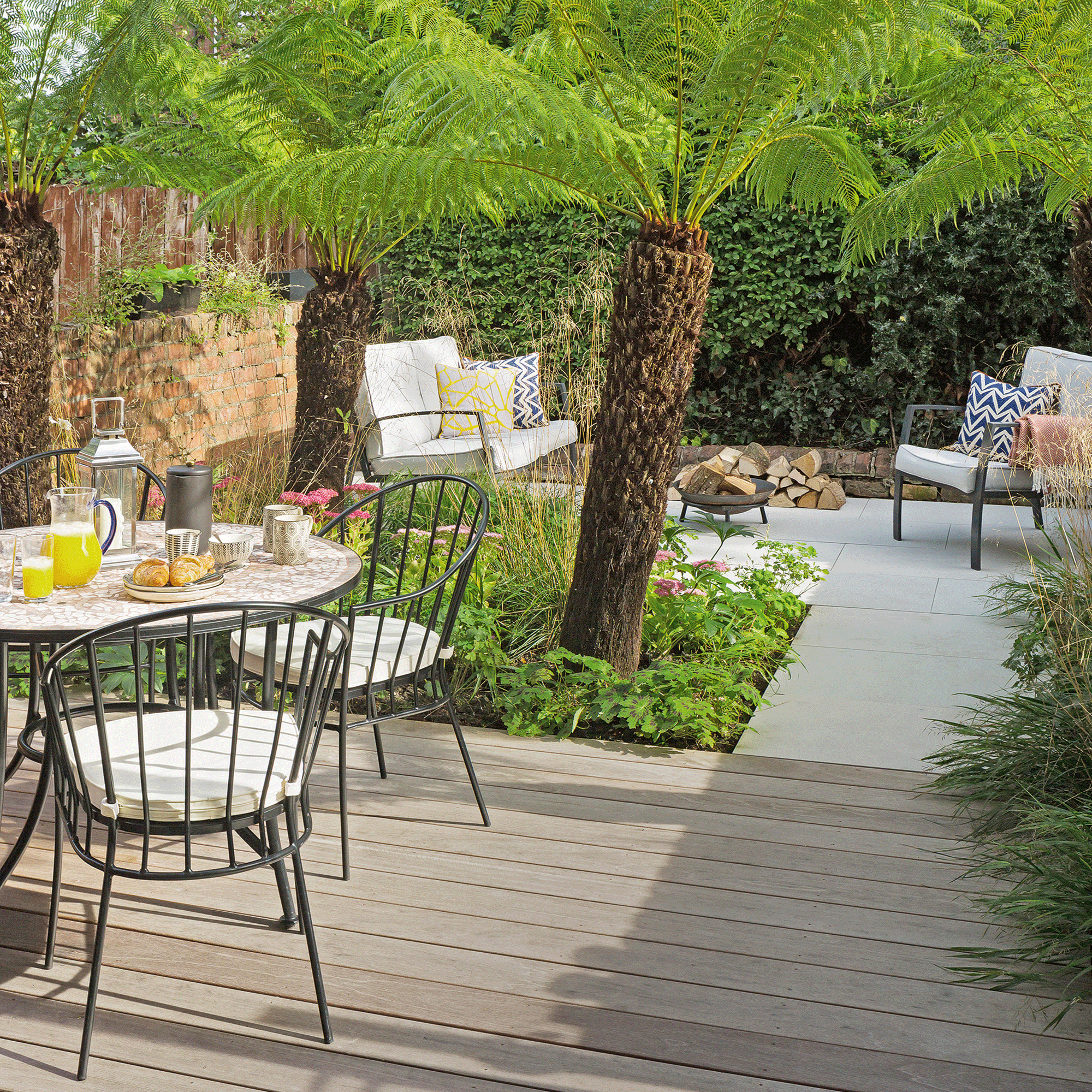
‘The chance to start again can provide the opportunity to improve the flow. It can be helpful to design the decking with specific zones in mind, for example, creating separate areas for dining and lounging,’ suggests Mark.
‘To futureproof your new decking, use materials that will be long-lasting and highly resistant to corrosion and weatherproofing. For instance, using high-quality timber that has been properly treated and sealed, or even opting for a composite decking to improve durability.’
Safety matters, but so does how you live. If your deck no longer suits your needs, it could be time to rip it up and start again.
7. It’s dying of old age
Even a deck that has been painstakingly maintained, loved and cherished has a shelf life. Most wooden decks last between 15 to 25 years, depending on the type of timber, weather conditions, and upkeep. Older decks will also never have benefited from the high-tech waterproofing sealants and modern seasoning methods we use today, nor will they likely have been checked out by a Building Control officer or built to any structural safety guidelines.
If yours is pushing 20+ it’s served you well and owes you nothing, so best to get it gone before there’s an accident. Happily, modern materials and smarter designs mean your next deck could last far longer, be less needy on the maintenance front and look better in the process.
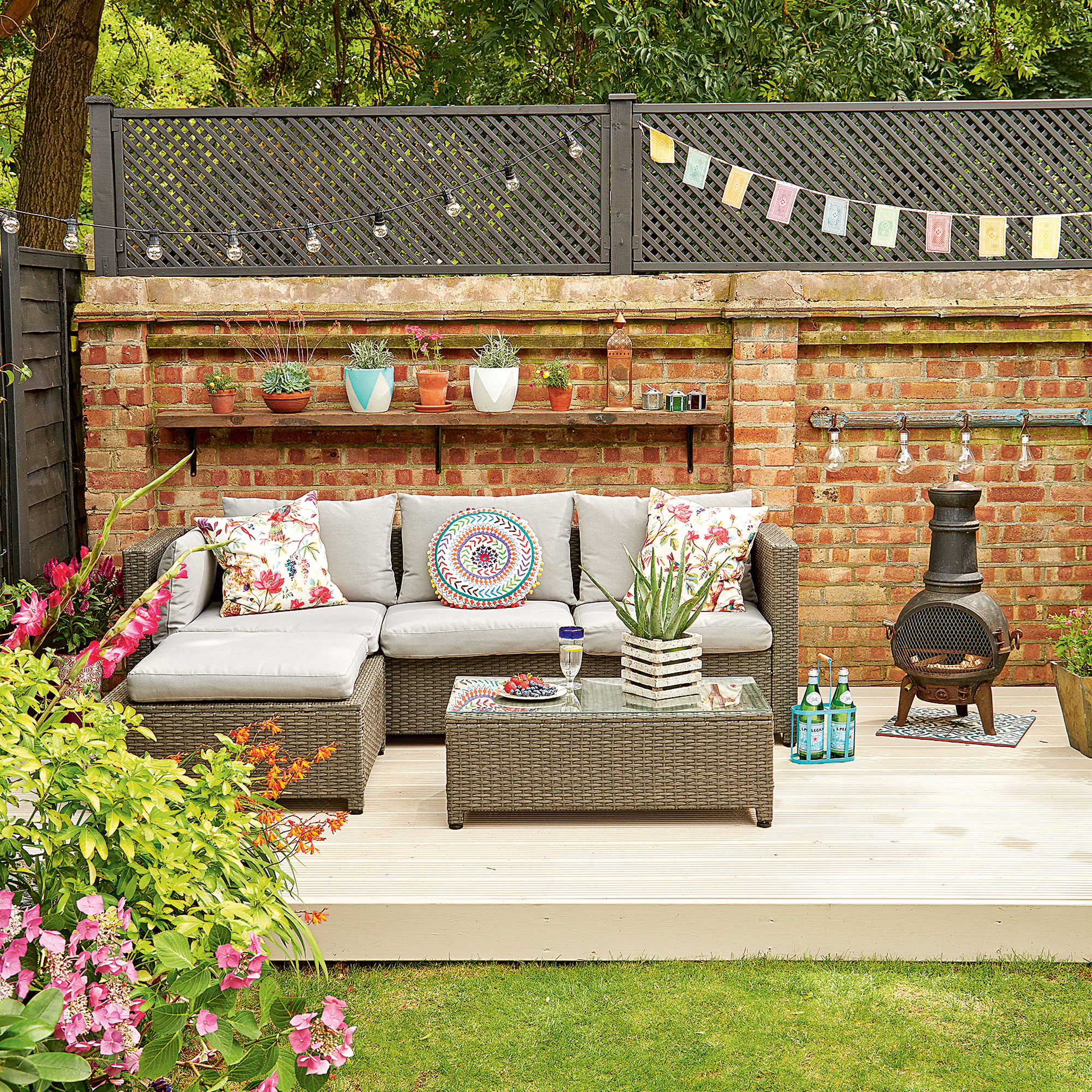
Can you replace a wooden deck with composite?
Heck yeah, composite deck is made from a mix of wood fibres and plastic polymers and is loved for being low maintenance yet durable.
Darren Gooch (who admittedly is a composite decking specialist) says he spends most of his time replacing wooden decks with composite and absolutely recommends it. ‘The benefits are a no-brainer. There’s no staining or sealing required, no splinters or rot, it’s weather resistant and can last as long as 30 years,’ he says.
‘If you’re thinking of changing just the decking boards from timber to composite, I would recommend asking an expert to check that the joist centres are in the correct position, the timber substructure is UC4 treated and there are no signs of rot or decay.’
What is the average cost of replacing a wooden deck?
‘The cost of replacing a wooden deck in the UK usually ranges from £1,500 to £4,000, depending on the size, timber type, and labour involved. Hardwoods like oak will push the price up, while softwoods like pine are more affordable but may need more maintenance over time,’ says Glen Peskett, DIY expert at Saxton Blades.
Composite decking typically costs a bit more than premium hardwood, but it pays off in the long run thanks to its minimal maintenance needs – saving you time, effort, and ongoing upkeep expenses.
Costs include removal of the old deck, labour and new materials, all of which will go up the bigger your deck. An elevated deck and any balustrading, split levels and railings will also cost more, as will any fancy features like integrated lighting, bars or outdoor kitchens. The more work you can do yourself, the less your new deck will cost.
A wooden deck can be a beautiful thing, but only when it’s safe, sturdy, and suited to your lifestyle. By watching out for the red flags above, you can make timely decisions about whether to repair or replace and avoid the risks of deck failure.

Linda Clayton is a professionally trained journalist, and has specialised in product design, interiors and fitness for more than two decades. Linda has written for a wide range of publications, from the Daily Telegraph and Guardian to Homes & Gardens and Livingetc. She has been freelancing for Ideal Home Magazine since 2008, covering design trends, home makeovers, product reviews and much more.
You must confirm your public display name before commenting
Please logout and then login again, you will then be prompted to enter your display name.